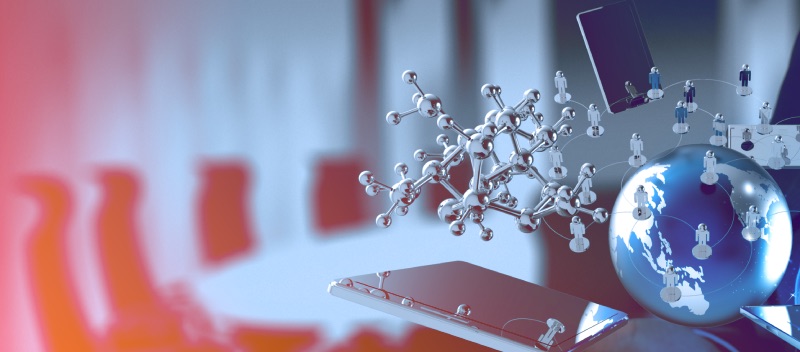 Although mobile devices are portable, powerful, and convenient, their use in employees’ jobs is coming at a price. The very features that make them compelling also render them especially vulnerable to hacking. Data shows that nearly one-third of zero-day attacks now focus on tablets and smartphones.
Although mobile devices are portable, powerful, and convenient, their use in employees’ jobs is coming at a price. The very features that make them compelling also render them especially vulnerable to hacking. Data shows that nearly one-third of zero-day attacks now focus on tablets and smartphones.
In its most recent mobile threats annual report, Zimperium revealed some disturbing statistics. Nearly 25 percent of the mobile devices studied came in contact with malware during the past year. It happens when users click on a malicious link or open a malicious attachment, enabling hackers to access sensitive systems and data. Sixty-one percent of users experienced increased email phishing attacks, which are now more than ever being modified to target mobile devices.
That is possible because the small screens on smartphones and tablets make seeing the complete website URL more difficult. It opens the door for users to misperceive what they see or make other types of mistakes. The survey also indicated that 13 percent had corrupted their data by a machine-in-the-middle attack, and 12 percent were directed to a malicious website. The upsurge in these incidents is due, at least in part, to the increase in mobile device exposures and vulnerabilities, which have risen to over 900, that affect Apple iOS or Android. An uptick exacerbates the situation in misconfigurations and risks from the third-party components developers use.
As has been the case with virtually every aspect of our lives, the coronavirus pandemic is partly to blame for the rise in these mobile crimes. As more people began to do their work from home, their use of smartphones and tablets rose. In response to this trend, nearly two-thirds of the organizations surveyed now have enacted a bring-your-own-device (BYOD) policy, with a full 11 percent more planning to implement one shortly.
Before the pandemic, only 40% of the surveyed companies had put these protocols in place. According to the Zimperium report, at least 75 percent of technology professionals use at least four applications on their mobile devices to do their regular work tasks. Even after the direct effects of the coronavirus have waned, it will have forever changed not only the work methods that people use but also the security landscape surrounding them.
